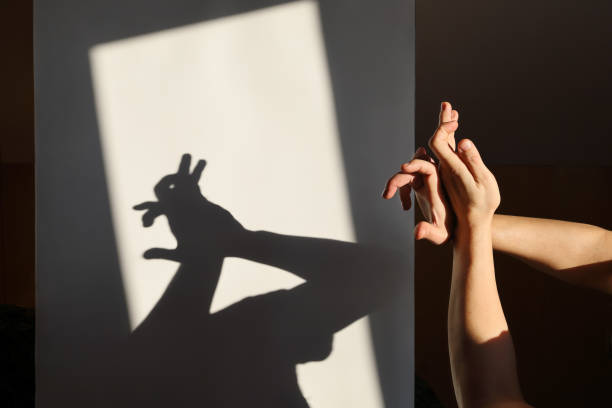Marrying Tech and Tradition: Contemporary Interpretations of Shadow Puppetry
Shadow puppetry, an ancient form of storytelling and entertainment, is witnessing a resurgence thanks to innovative artists marrying the traditional technique with modern technology. This article delves into the history of this captivating art form, the technological advancements breathing new life into it, and its impact on the contemporary art scene.

A Glimpse into the Past: The Origins of Shadow Puppetry
Shadow puppetry, also known as shadow play, is a form of theater that uses flat, articulated figures to cast shadows on a screen. Originating in China around 2000 years ago during the Han Dynasty, it quickly spread across Asia, the Middle East, and eventually, Europe. This ancient art form has been used not just as a means of entertainment, but also as a way to impart moral and social lessons.
Bringing Shadow Puppetry into the Digital Age
In recent years, this traditional art form has found new life through the lens of technology. Tech-savvy artists are integrating digital projection, computer animation, and even virtual reality into their performances, transforming this ancient art form into a contemporary spectacle. This infusion of technology not only modernizes shadow puppetry but also expands its storytelling capabilities, allowing for more complex narratives and visually stunning performances.
The Impact and Reception of Modern Shadow Puppetry
This innovative approach to shadow puppetry is not just about revitalizing an old art form—it’s about bridging the gap between tradition and technology. It’s about showing how our past can inform and enhance our future. These performances have been well-received by audiences and critics alike, with many praising the innovative blend of old and new techniques. Notably, this modern interpretation of shadow puppetry has been used in educational settings, introducing a new generation to this ancient art form.
The Future of Shadow Puppetry: A Blend of Tradition and Innovation
As technology continues to evolve, so too will its applications in the realm of shadow puppetry. Artists are continually pushing the boundaries of what is possible, experimenting with new techniques and technologies. There’s potential for virtual and augmented reality to play a larger role, perhaps even allowing audiences to step into the story themselves. It’s an exciting time for shadow puppetry, a testament that even the oldest art forms can adapt and thrive in the modern world.
In conclusion, the marriage of technology and tradition in shadow puppetry is a shining example of how innovation can breathe new life into our cultural heritage. It’s a reminder that art is not static, but ever-evolving, always finding new ways to tell our stories and connect us to our past.






